Some people feel it is unnecessary to prepare and expect that the emergency disaster organizations will rush to their rescue. The Federal Emergency Management Agency (FEMA) advises, "If a disaster threatens your community, local government and disaster-relief organizations will "TRY" to help you". Local officials may be overwhelmed after a major disaster, and emergency response personnel may not be able to provide assistance as quickly as needed. What you do to prepare can make a difference.
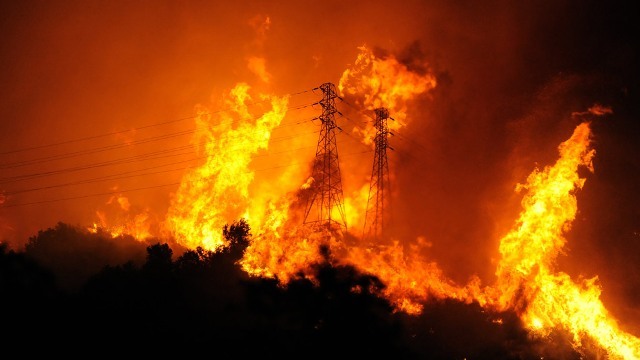

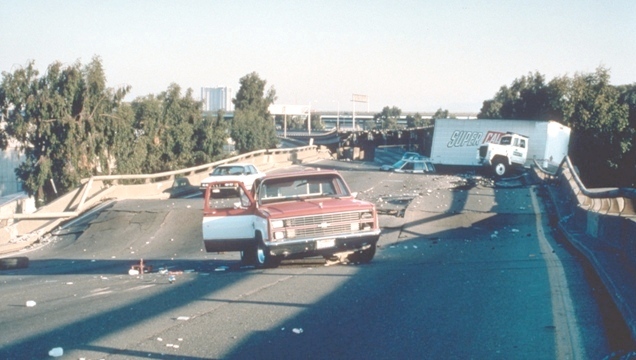
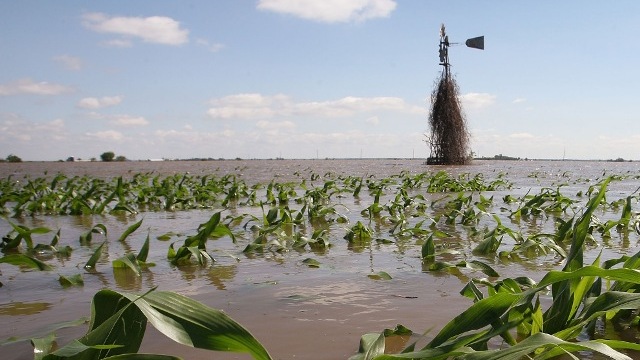
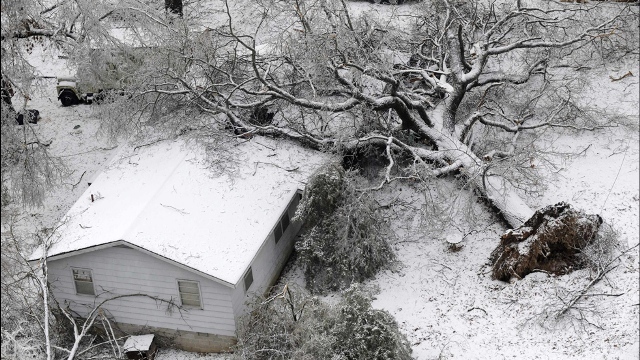
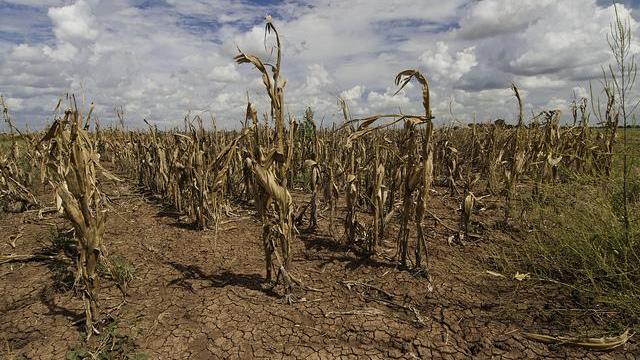



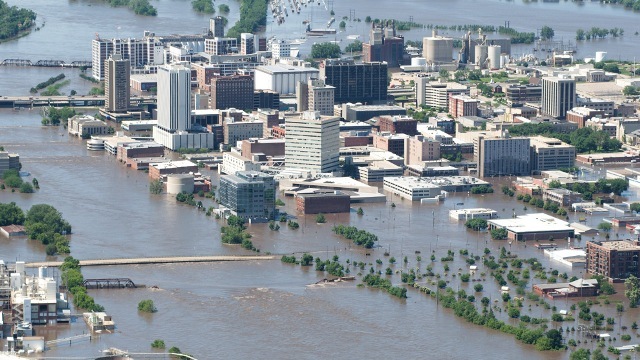
- 2021 Northeast Pacific bomb cyclone - The bomb cyclone was an extremely powerful extratropical cyclone that struck the Western North America. At its peak, it was the most powerful cyclone recorded in the Northeast Pacific. The bomb cyclone brought powerful gale-force winds and flooding to portions of Western North America. At its height, the storm cut the power to over 370,500 customers across the region. The storm killed at least two people; damage from the storm was estimated at several hundred million dollars.
- 2020 Midwest Derecho - A powerful derecho swept across the Midwestern United States. It caused high winds, torrential rain, large hail and spawned an outbreak of weak tornadoes. Sustained wind speeds of 70 miles per hour were prevalent. The highest winds occurred in Iowa, measured at 126 mph and highest estimated from post-event damage surveys at 140 mph. Millions across the Midwest were affected by wide-scale utility disruptions, Cedar Rapids, Iowa sufferd a near-complete blackout that lasted for weeks in some areas. The derecho caused an estimated $11 billion.
- 2019 Covid19 - Coronavirus Disease
- 2018 lower Puna eruption - A volcanic event on the island of Hawaiʻi, on Kīlauea volcano's East Rift Zone. Outbreaks of lava fountains up to 300 feet high, lava flows, and volcanic gas in the Leilani Estates subdivision were preceded by earthquakes and ground deformations. The eruption forced the evacuation of approximately two thousand residents and the Puna Geothermal Venture, which provided one-quarter of the island's electricity. The volcanic activity was the most destructive in the United States since the 1980 eruption of Mount St. Helens. The eruption covered 13.7 square miles of land with lava flows. The official number of houses destroyed by the eruption reached 700. Estimated recovery efforts exceeded more than $800 million.
- 2017 Hurricane Harvey - A devastating Category 4 hurricane that made landfall on Texas and Louisiana, causing catastrophic flooding and more than 100 deaths. It inflicted $125 billion in damage. In a four-day period, many areas received more than 40 inches of rain as the system slowly meandered over eastern Texas and adjacent waters, causing unprecedented flooding. Harvey was the wettest tropical cyclone on record in the United States. The resulting floods inundated hundreds of thousands of homes, which displaced more than 30,000 people.
- 2016 United States Blizzard - A historic blizzard that produced up to 3 ft of snow in parts of the Mid-Atlantic and Northeastern United States. Eleven states declared a state of emergency. Approximately 103 million people were affected by the storm, with 33 million people placed under blizzard warnings. More than 13,000 flights were cancelled in relation to the storm. Seven states observed snowfall in excess of 30". At least 55 people were killed in storm-related incidents. Total economic losses are estimated as high as $3 billion. The storm ranked as a Category 5 "extreme" event for the Northeast on the Regional Snowfall Index, and a Category 4 event for the Southeast.
- 2015 North American storm complex - The December 2015 North American storm complex was a major storm complex that produced a tornado outbreak, a winter storm, a blizzard and an ice storm in areas ranging from the Southwestern United States to New England. Almost 60 people were killed in the storm system and its aftermath, which made it one of the deadliest of such systems of 2015 in the United States.
- 2014 Oso Mudslide - March 22, A major landslide occurred 4 miles east of Oso, Washington, United States, at 10:37 a.m. local time. A portion of an unstable hill collapsed, sending mud and debris to the south across the North Fork of the Stillaguamish River, engulfing a rural neighborhood, and covering an area of approximately 1 square mile. Forty-three people were killed and 49 homes and other structures destroyed.
- 2013 Moore Tornado - May 20, a massive EF5 tornado struck killing 24 people, with an estimated 1,150 homes destroyed, and an estimated $2 billion in damages. The number of injured exceeded 377. Entire subdivisions were obliterated, and houses were flattened in a large swath of the city. Witnesses said the tornado more closely resembled "a giant black wall of destruction" than a typical twister.
- 2012 Hurricane Sandy - October, devastated portions of the Mid-Atlantic and Northeastern United States, with lesser impacts in the Southeastern and Midwestern states and Eastern Canada. Sandy was a Category 2 storm at its peak intensity. The storm became the largest Atlantic hurricane on record (as measured by diameter, with winds spanning 1,100 miles. Estimated losses due to damage and business interruption are at $65.6 billion. At least 110 people were killed along the path of the storm in the United States.
- 2011 Tornado Super Outbreak - The April outbreak, affected the Southern, Midwestern, and Northeastern United States, leaving catastrophic destruction in its wake. At least 336 tornadoes were confirmed by the National Weather Service in 21 states from Texas to New York. Four of the tornadoes were destructive enough to be rated EF5 on the Enhanced Fujita Scale. In total, an estimated 346 people were killed as a result of the outbreak. It was one of the costliest natural disasters in United States history, with total damages exceeding $10 billion.
- 2010 San Bruno Pipeline Explosion - On September 9, 2010, in San Bruno, California a 30 inch diameter steel natural gas pipeline exploded in flames. The U.S. Geological Survey registered the explosion and resulting shock wave as a magnitude 1.1 earthquake. Eye witnesses reported the initial blast "had a wall of fire more than 1,000 feet high". The explosion and the resulting fire leveled 35 houses; 8 deaths.
- 2009 Southwest/Great Plains Drought - Drought conditions occurred during much of the year across parts of the Southwest, Great Plains, and southern Texas causing agricultural losses in numerous states (TX, OK, KS, CA, NM, AZ).Extreme and Exceptional Drought remained entrenched in Central and South Central Texas. Five states (AZ, CO, NM, TX, and UT) observed August precipitation among the ten driest of the instrumental record. The largest agriculture losses occurred in TX and CA. Estimate of over $5.3 billion in damages/costs.
- 2008 Summer-Fall US Wildfires - Drought conditions across numerous western, central and southeastern states (AK, AZ, CA, NM, ID, UT, MT, NV, OR, WA, CO, TX, OK, NC, and FL) resulted in thousands of wildfires; national acreage burned exceeding 5.2 million acres and over 1,000 homes and structures destroyed in California fires alone. Over $2.1 billion in damages/costs and 16 deaths were incurred.
- 2007 Spring Freeze - Widespread severe freeze over much of the East and Midwest (AL, AR, GA, IL, IN, IA, KS, KY, MS, MO, NE, NC, OH, OK, SC, TN, VA, and WV), causing significant losses in fruit crops, field crops, and the ornamental industry. Temperatures in the teens accompanied by rather high winds nullified typical crop-protection systems. Over $2.2 billion in damage/costs
- 2006 Northeast Flooding - Severe flooding over portions of the northeast and southeastern due to several weeks of heavy rainfall affected the states of (NY, PA, DE, MD, NJ, and VA.) Over $1.1 billion in damage/costs and at least 20 deaths reported.
- 2005 Graniteville Train Disaster - On January 6, 2005, in Graniteville, South Carolina two Norfolk Southern trains collided. The collision derailed both locomotives and 18 freight cars. One of the tank cars was loaded with 90 tons of chlorine, releasing about 60 tons of the gas. Nine people died, and at least 250 people were treated for chlorine exposure. 5,400 residents within a mile of the crash site were forced to evacuate for nearly two weeks.
- 2004 Hurricane Charley - August 2004. Category 4 Hurricane makes landfall in southwest Florida, resulting in major wind and some storm surge damage in FL, along with some damage in the states of SC and NC. An estimated $17.9 billion in damage costs and at least 35 deaths.
- 2003 Southern California Wildfires - Late October early November 2003. Dry weather, high winds, and resulting wildfires in Southern California. More than 743,000 acres of brush and timber burned, over 3,700 homes destroyed; over $3.1 billion in damage/costs; 22 deaths.
- 2002 Widespread Drought - Spring through early Fall 2002. Moderate to Extreme drought over large portions of 30 states, including the western states, the Great Plains, and much of the eastern U.S.; estimate of over $12.5 billion in damages/costs; no deaths.
- 2001 Utah - Hordes of crickets and grasshoppers infested more than 1.5 million acres in 18 of the state's 29 counties, causing some $25 million in crop damage.
- 2000 Washington State - Sparked by a fatal car crash, a fast-moving brush fire burned out of control, spreading across the Hanford nuclear complex, a radioactive waste site. Thousands were evacuated from their homes and nearly 200,000 acres were destroyed in just 2 days
What, when or where the next disaster happens no one can forcast. What is known is that emergencies will continue to happen. Preparing for an emergency is like having a spare tire in your car. No one expects a flat tire but we carry a spare tire and the tools to repair it, just in case. Disasters are common all across the country, and plans should be made to prepare for disasters, just as we plan for a flat tire. Whether it's reducing the chances of being a victim of crime, or preparing for bad weather, a few survival skills and a emergency plan can help you to protect you and your family.
